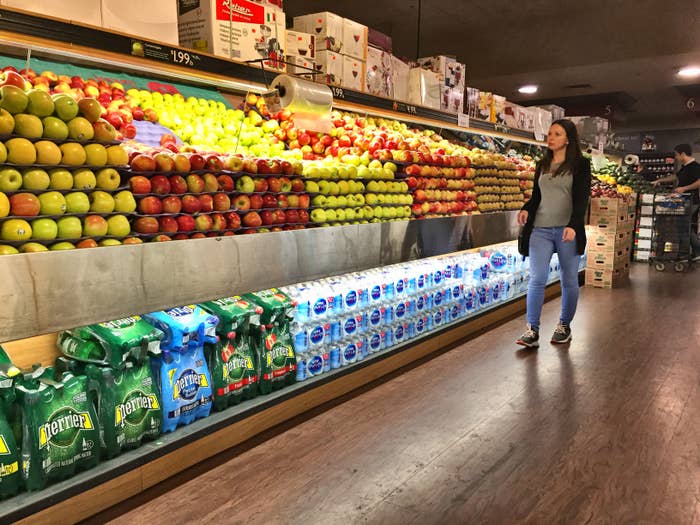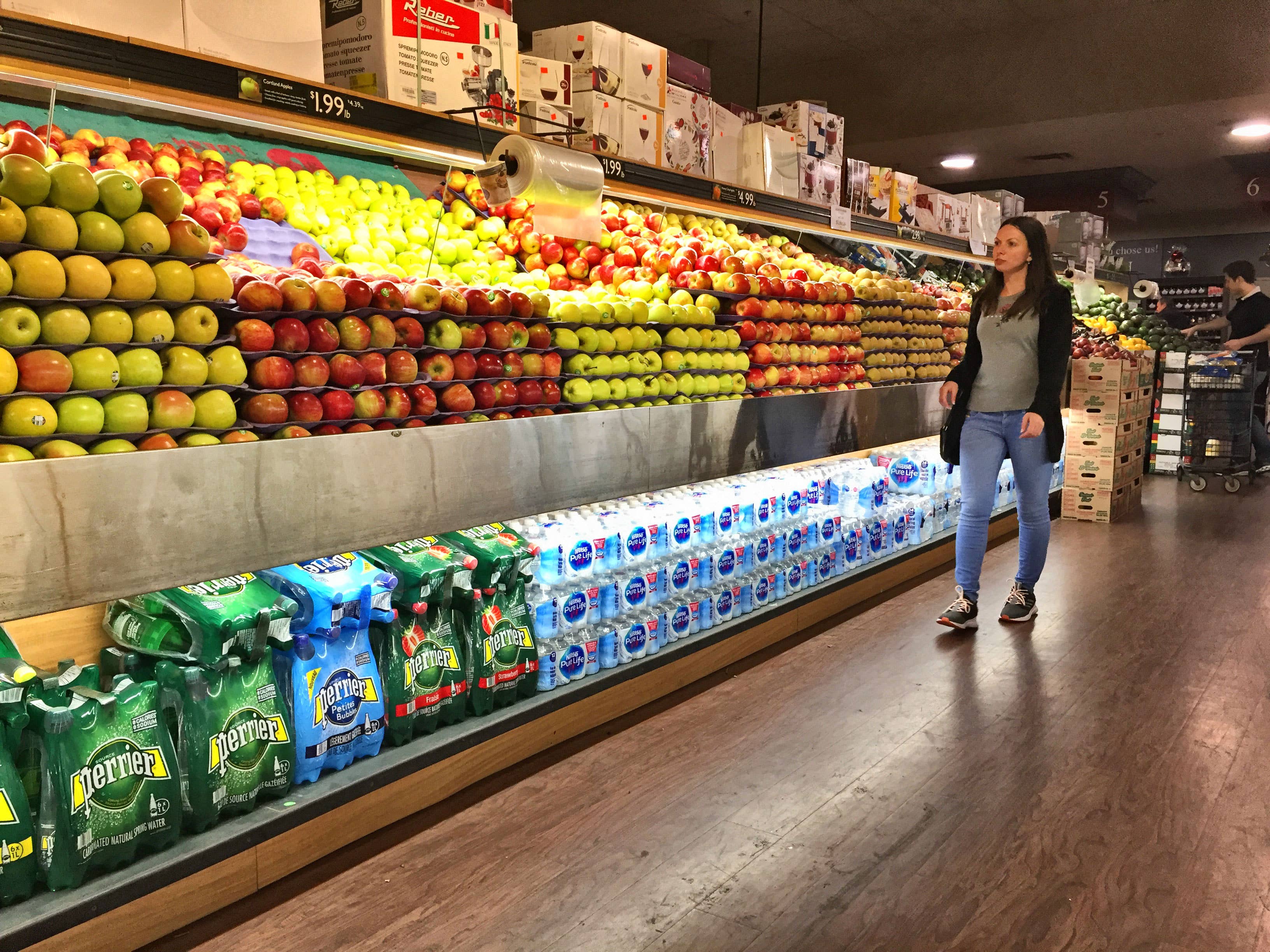
Just when you thought inflation rates in Canada couldn’t get any higher, they did. Who’s surprised?
The annual pace of inflation in April topped 6.8 percent, the highest inflation rate seen in the country since since 1991 according to Statistics Canada. This is up from 6.7 percent in March.
Soaring gas prices are a huge culprit in the rising inflation rate, as excluding fuel costs would put the rate at 5.8 percent. Still, Canadians are paying an absurd amount for groceries these days, as residents are paying 9.7 percent more for food bought in stores than they were a year ago. This is the largest price increase in groceries since September 1981.
Speaking of groceries, here are some of the biggest upticks by item: Fresh fruit costs 10 percent more than they did last year, veggies are up 8.2 percent, and meat is up 10.1 percent—squashing the hopes of anyone considering going vegetarian for cost reasons. Bread and pasta are also up 12.2 and 19.6 percent respectively, why must everything good be taken from us?
Shelter prices have also gone up 7.4 percent, with the cost of heating a house also going up due to those aforementioned gas prices.
The Bank of Canada’s next rate announcement is scheduled for June 1.
Here are the inflation rate changes in each province (previous month in brackets):
- Newfoundland and Labrador: 6.6 percent (6.3)
- Prince Edward Island: 8.9 percent (8.9)
- Nova Scotia: 7.1 percent (6.8)
- New Brunswick: 7.6 percent (7.4)
- Quebec: 6.8 percent (6.7)
- Ontario: 6.9 percent (7.0)
- Manitoba: 7.5 percent (7.4)
- Saskatchewan: 5.9 percent (5.7)
- Alberta: 6.3 percent (6.5)
- British Columbia: 6.7 percent (6.0)

